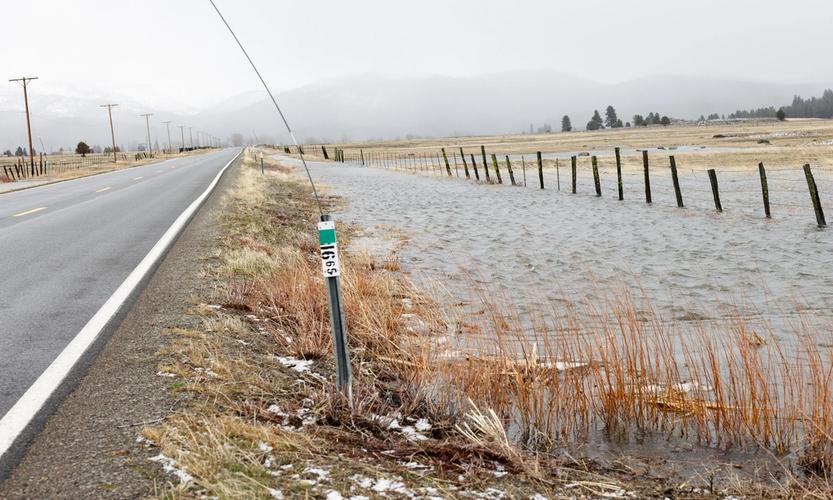All About Pets
August 6, 2024
Welcome back to All About Pets with Logan Kinneer! This week, we are discussing the effects of hot pavement and asphalt burning your pet’s paws.
We all love to take our pets out on walks, jogs, or even runs. But where are you doing these activities with your pet? Are you on a long, dusty road? Or are you on a long, paved road? Well, I can tell you that if you decide to perform any of these activities in hot temperatures, your pets may be seriously injured.
In an article on June 26th, 2023, by Lindsay Boyers from be.chewy.com, titled, 7 Tips for Protecting Your Dog’s Paws from Heat, Including Hot Pavement. Boyer gives seven tips on how to keep your pets safe from burning their paws on hot asphalt and pavement. Since there is a limited word count in my column, I decided to choose 3 out of the seven tips that Boyer recommends. All of the seven are great tips, but I felt that these would resonate with people.
Tip #1
“The first thing you need to do to protect your dog’s paw pads is to assess the situation before venturing out in the summer heat. Place the back of your hand on the concrete prior to taking your pet on a walk. If it’s too hot for you to comfortably keep your hand there for 5 to 7 seconds it’s too hot for your pet.”
Tip #3
“If possible, take your dog out in the early morning or late evening, after the sun goes down. This is generally earlier than 8 a.m. or later than 7 p.m. Outdoor surfaces are cooler at these times, and dog paw burns are much less likely to happen, says Ashely DiPrete, a registered veterinary technician at Purdue University Veterinary Hospital.”
Tip #5
“In many urban and suburban areas, asphalt can’t be easily avoided. In that case, pick up a pair of dog shoes- or replace worn ones- to protect your dog’s paws from hot pavement. If footwear is a first for your pooch, practice with the booties so your dog does not feel uncomfortable when he must wear them outside, suggests DelaCoeur. “
Here’s how:
1. Show your pup the booties, then give a treat.
2. Next, touch their feet with the booties, then give them a treat.
3. Practice putting the boots on and taking them off their feet; precede and follow with a treat.
It’s not just hot summer months that are a concern, though. Di Prete urges the use of booties in winter as well (rock, salt, and ice are hard on paws) and to “ensure they are high quality and fit your pet’s feet well.”
Next week’s article will be about adopting animals. How to help them adjust, and helpful tips and tricks to make your new furry friend comfortable at your home.
Featured Articles

FEMA Unveils Expanded Floodplain Maps for Sierra Valley →
November 4, 2025
FEMA’s new maps could require more Sierra Valley homeowners to purchase flood insurance.
Community Supports UPS Driver Garitt Cox in Board Presentation →
November 4, 2025
Fish & Wildlife Lethally Removes Sierra Valley Problem Wolves →
October 27, 2025
Plumas-Sierra CattleWomen Disband After 60 Years →
October 28, 2025
Exotic Animals Delight Downieville Students at Wild Things Assembly →
October 20, 2025